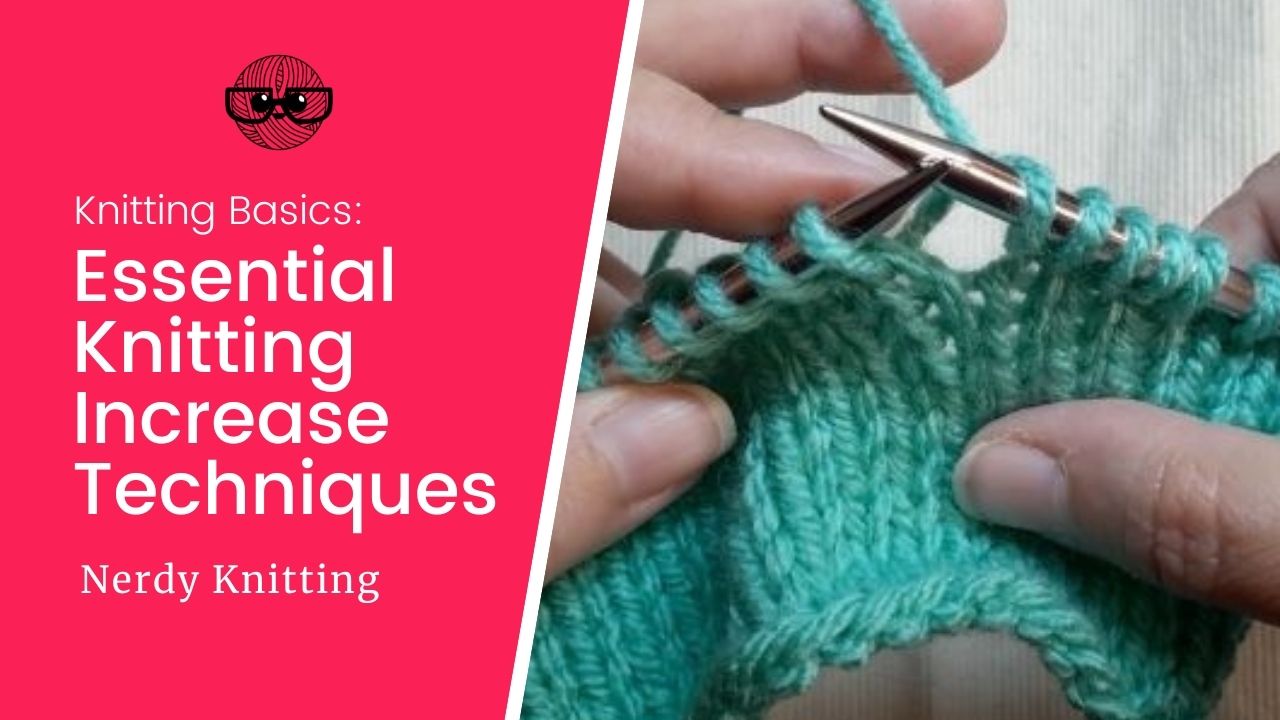How To Knit Increase - So if your pattern says lli, it means you have to perform the steps starting from #2 after a knit stitch) Web by knitting through the left loop of the stitch two rows below, you create an increase that is as invisible as it gets. Knit one stitch as normal as a preparation ( note: However, unlike the yarn over, m1l and m1r are invisible increases. Place the loop on the left hand needle ready to knit. Knit that loop through the back loop (here’s my ktbl tutorial i n case you need to catch up). 175k views 6 years ago know how. Web make 1 left (m1l) lean: Once you have learned how to. What is stitch gauge and tension?
How to knit stacked increases Step by step tutorial for beginners
Increasing is used whenever a knitted piece needs to be wider, such as sleeve shaping. Learn three types of knitting increases: They can be created.
How to Knit an Increase Stitch 10 Steps (with Pictures) wikiHow
This is useful for shaping fitted knit items, such as sweaters, hats, and mittens. Pick up loop from row below. Learn three types of knitting.
Knitting increases The ultimate list every knitter should know
Knowing some increases and decreases will allow you branch out into making garments that fit. 394k views 8 years ago knitting techniques. Pick up the.
How to do the KLL knitting increase (knit through left loop)
Increasing and decreasing stitches enables you to create knitted pieces with edges that taper and expand. In this knitting instructions video, you will learn how.
How To Increase Stitches In Knitting Knitting increase, Beginner
This video shows you an increase. Learning how to increase stitches in knitting is important for projects that need to change circumference (hats or mittens).
How to Increase when Knitting YouTube
There are several ways to increase, and each method adds extra stitches to the row unless they are paired with compensating decreases. Repeat those 4.
M1L Knit Increase Tutorial YouTube
These techniques allow you to create armholes, shape a collar, sleeve or cuff and more. Knit one stitch as normal as a preparation ( note:.
How to Increase in Knitting (Essential Increases for Every Knitter
The twist will fill the hole that would otherwise form. If you are not familiar with the structure of the fabric, and have a hard.
How To Increase In Knitting Made Easy for Beginners TREASURIE
Incorporate hiit into your training. There should be one new stitch remaining on the right needle. Pick up the strand connecting two stitches with your.
1.1M Views 9 Years Ago #Makealong #Woolandthegang.
You'll often find the abbreviation sb2 in knitting pattern. Knit front back (kfb) make one increase. They can be created between two stitches or they can be worked directly into a stitch. An increase in knitting terms is creating or adding a new stitch where there wasn’t one before.
There Are Several Ways To Increase, And Each Method Adds Extra Stitches To The Row Unless They Are Paired With Compensating Decreases.
Red heart design team june 4, 2023. Knit that loop through the back loop (here’s my ktbl tutorial i n case you need to catch up). In this video we will show you how to increase stitches in your knitting. Perhaps the simplest way to add stitches to your knitting is by working a yarnover.
This Is Useful For Shaping Fitted Knit Items, Such As Sweaters, Hats, And Mittens.
Knit one stitch as normal as a preparation ( note: The twist will fill the hole that would otherwise form. 175k views 6 years ago know how. Web increase the weight by 2.5 percent to 5 percent every week, maintaining good form.
Increasing And Decreasing Stitches Enables You To Create Knitted Pieces With Edges That Taper And Expand.
Web by knitting through the left loop of the stitch two rows below, you create an increase that is as invisible as it gets. Sometimes simply called a m1 (make 1), this increase is so easy to work. It's often considered the most basic increase in knitting (along with m1r below and yo above). Web here are the double increase methods explored in this article:









